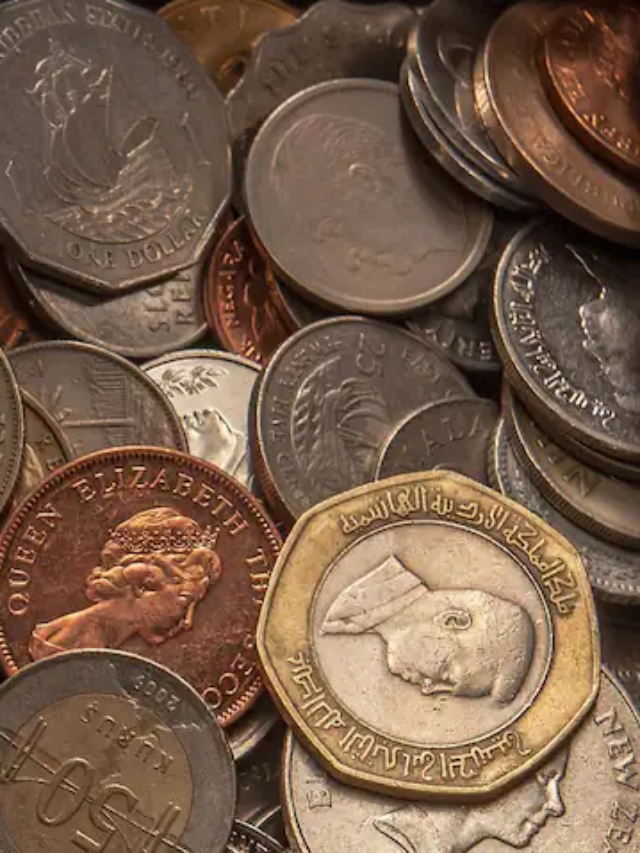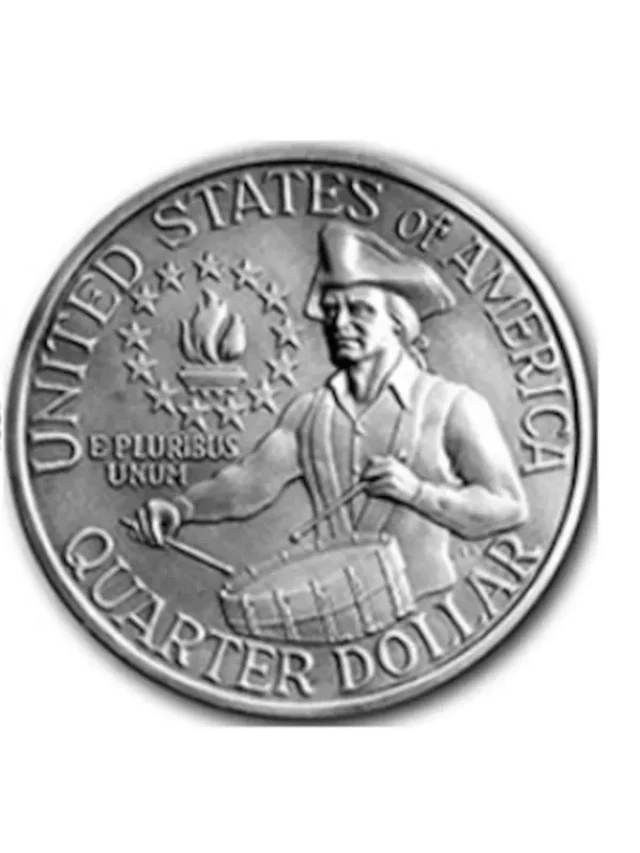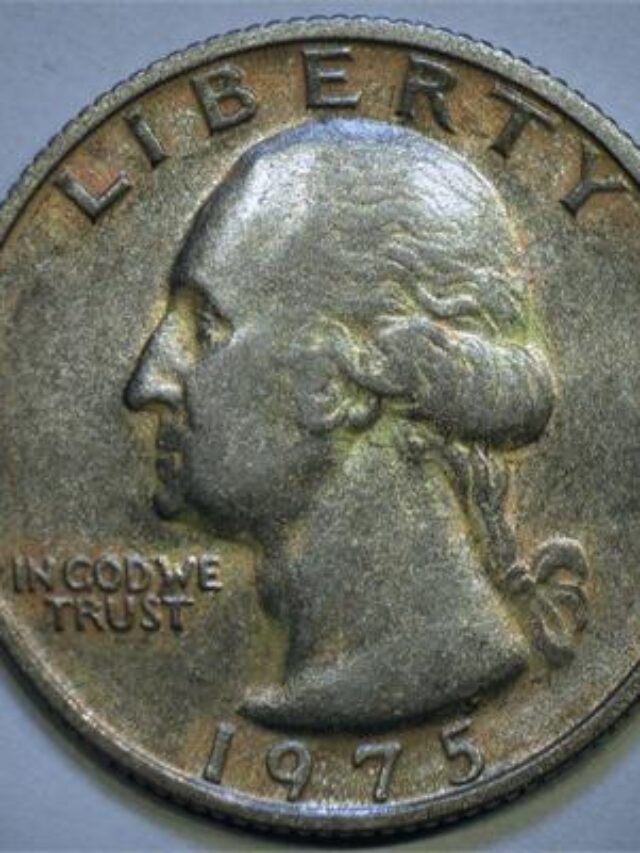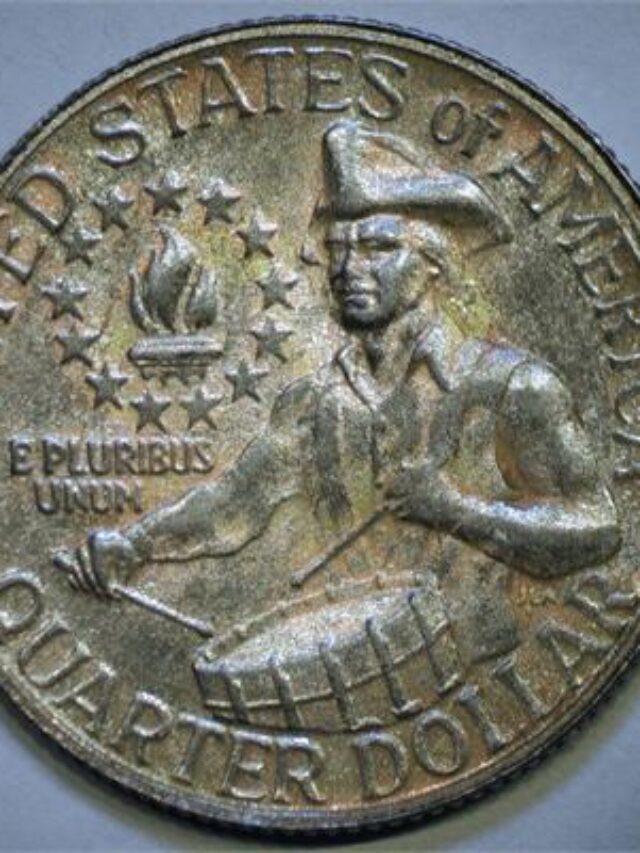The emergence of the Three-Dollar Gold Piece in 1854 marks a captivating chapter in the annals of American coinage.
This distinctive denomination, born out of the economic flux of the California Gold Rush era, holds a unique allure for collectors due to its scarcity and intriguing backstory.
Let’s explore the facets that contribute to its historical significance and enduring appeal.
Historical Background and Genesis
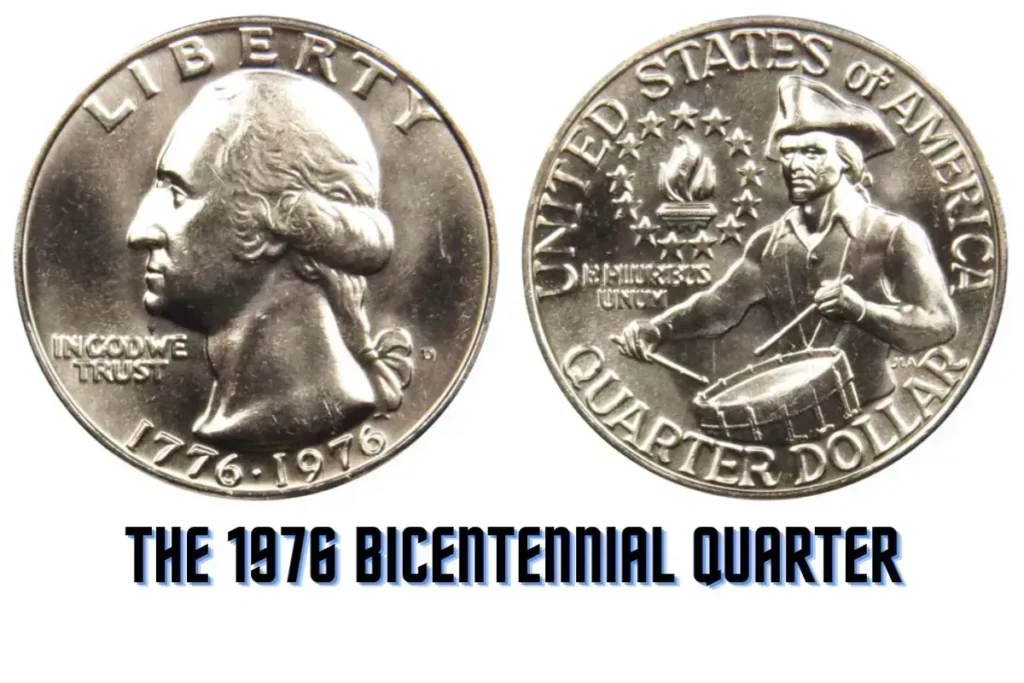
The genesis of the Three-Dollar Gold Piece coincided with a pivotal juncture in American history.
The abundance of gold spurred by the California Gold Rush prompted the U.S. Mint to innovate new currency denominations.
Designed to simplify the purchase of three-cent postage stamps, this coin embodies a bygone era and serves as a tangible link to America’s past.
Design and Craftsmanship
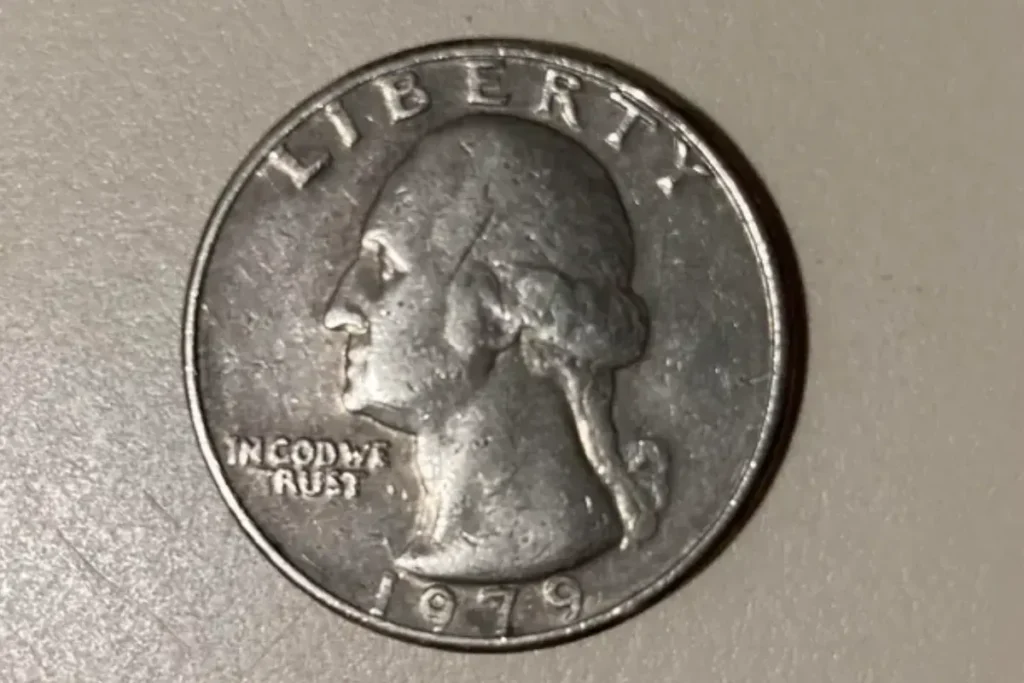
Crafted by Chief Engraver James B. Longacre, the aesthetic charm of the Three-Dollar Gold Piece lies in its intricate design.
The obverse features an Indian Princess, a departure from conventional motifs of the time.
Meanwhile, the reverse displays a wreath symbolizing the agricultural wealth of the nation.
These artistic elements offer a glimpse into the cultural and economic landscape of mid-19th century America.
Rarity and Scarcity
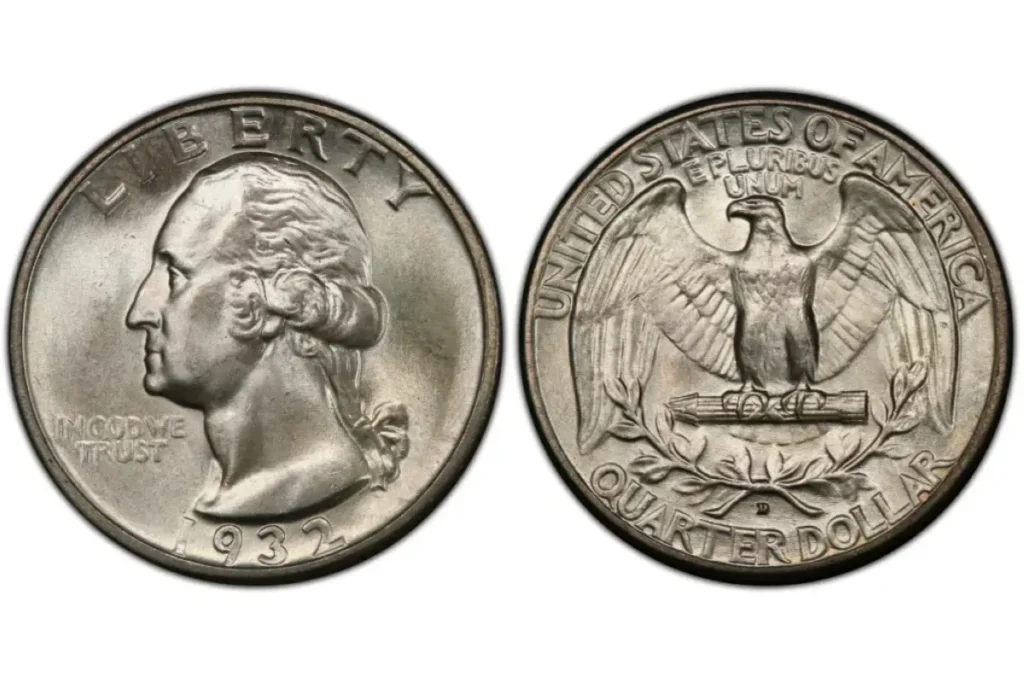
The scarcity of the Three-Dollar Gold Piece adds to its mystique.
With limited production from 1854 to 1889 and subsequent melting down of many specimens, surviving examples are rare treasures eagerly sought by collectors.
This scarcity elevates the coin’s status to that of a prized numismatic artifact.
Varieties and Mint Marks
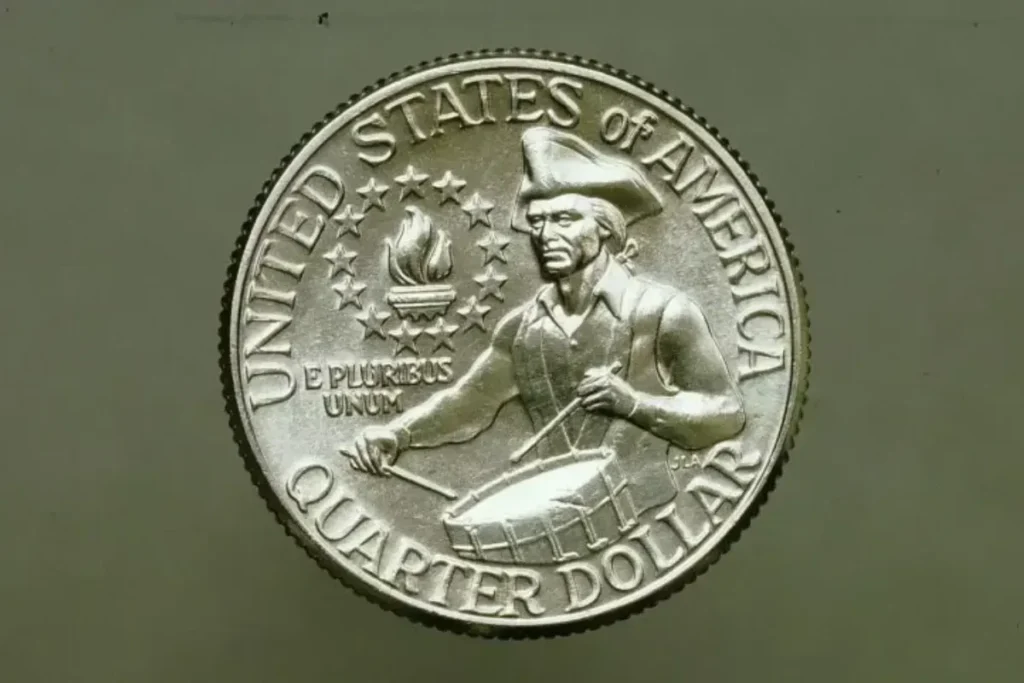
Enthusiasts are drawn to the diverse varieties and mint marks of the Three-Dollar Gold Piece.
Each coin, minted in different years and locations such as Philadelphia, San Francisco, and New Orleans, boasts unique characteristics and levels of rarity.
For example, the 1870-S variant from the San Francisco Mint is exceptionally rare, adding an extra layer of intrigue for collectors.
Investment Potential and Value
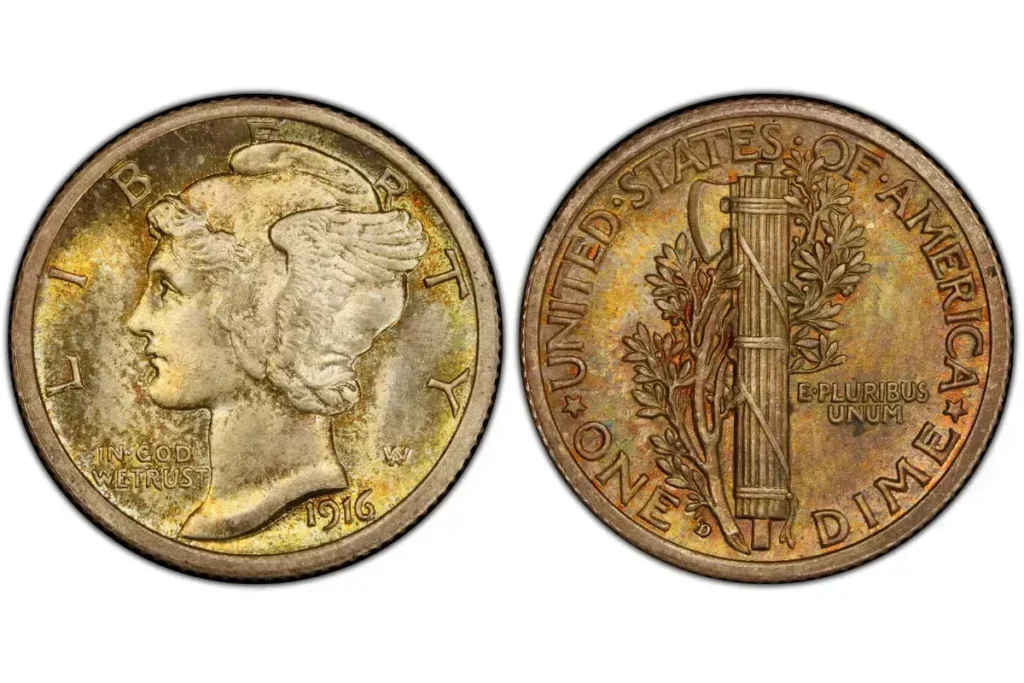
Beyond its historical and aesthetic appeal, the Three-Dollar Gold Piece holds investment value.
Its scarcity and distinct denomination have propelled its worth in the numismatic market, presenting
collectors with not only a piece of history but also a potential financial asset with appreciation potential over time.
In Conclusion
The Three-Dollar Gold Piece of 1854 transcends its status as mere currency, embodying a tapestry of American history, artistic ingenuity, and numismatic rarity.
Its scarcity, coupled with the captivating narratives woven into its creation and design, renders it a coveted treasure for collectors.
As a symbol of America’s past and a tangible piece of numismatic heritage, the Three-Dollar Gold Piece continues to captivate and inspire admiration.
Latest Web Stories
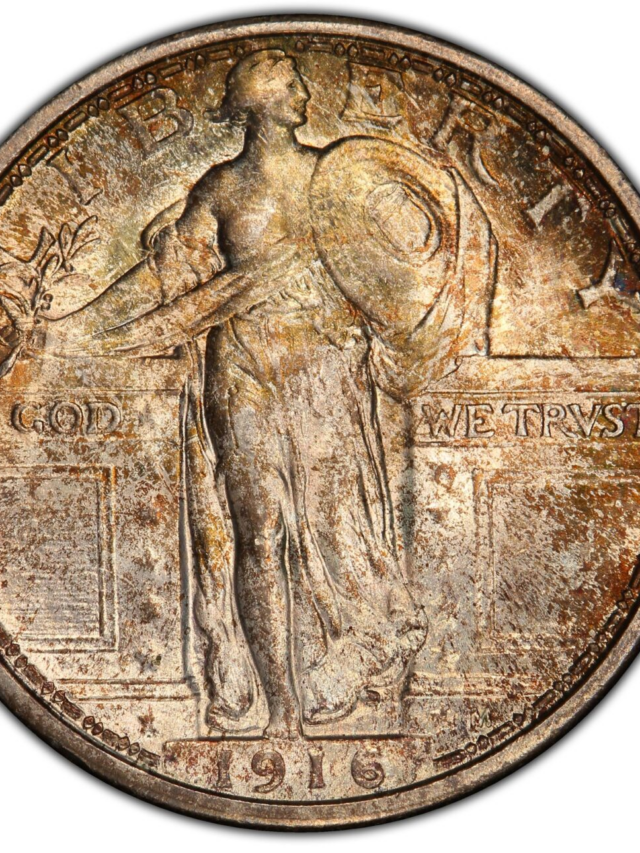 1 Most Valuable Standing Liberty Quarters Worth Over $100 Million USD
1 Most Valuable Standing Liberty Quarters Worth Over $100 Million USD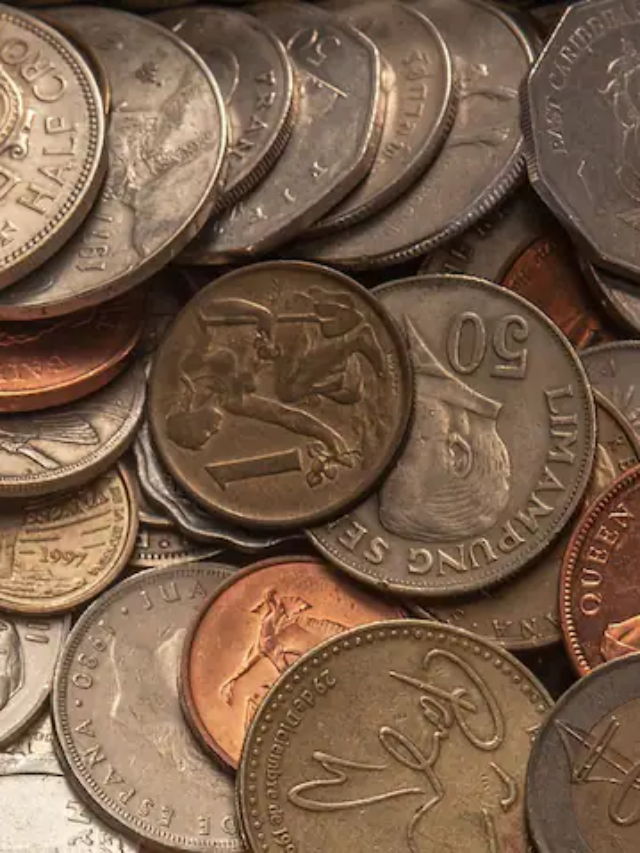 1 Pennies from the 1800s Worth $499 Million USD
1 Pennies from the 1800s Worth $499 Million USD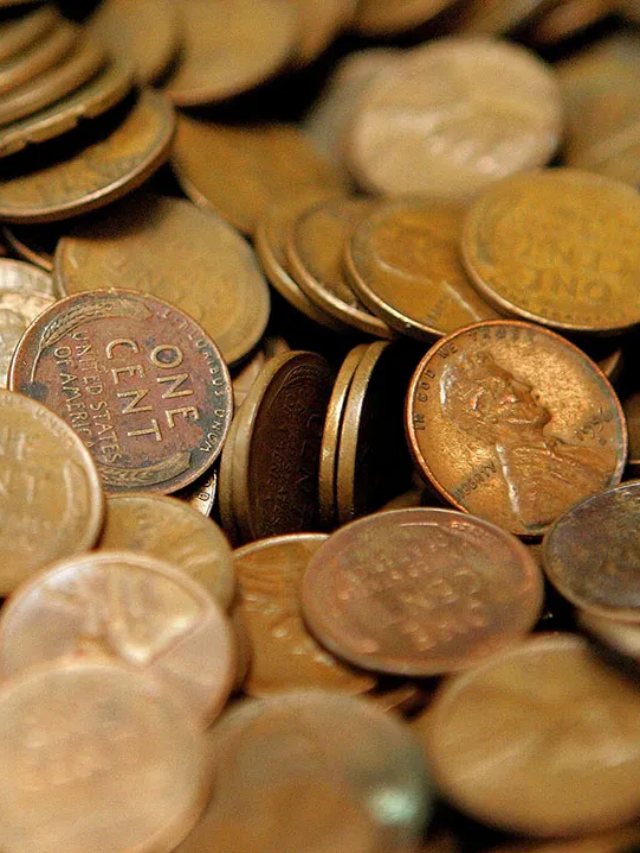 10 Pennies from the 1800s Worth $510 Million USD
10 Pennies from the 1800s Worth $510 Million USD 10 Pennies from the 1800s Worth $90 Million USD
10 Pennies from the 1800s Worth $90 Million USD 125-year-old dime sells for $1.32 Million
125-year-old dime sells for $1.32 Million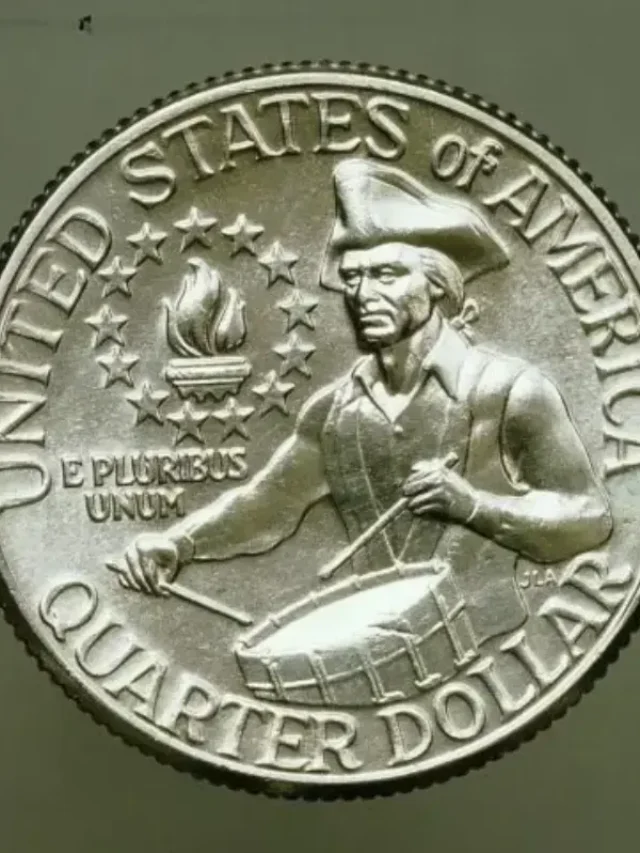 1776 To 1976 D Quarter Doller ValueCoinTrackers
1776 To 1976 D Quarter Doller ValueCoinTrackers 1776-1976 S Silver 50C MS
1776-1976 S Silver 50C MS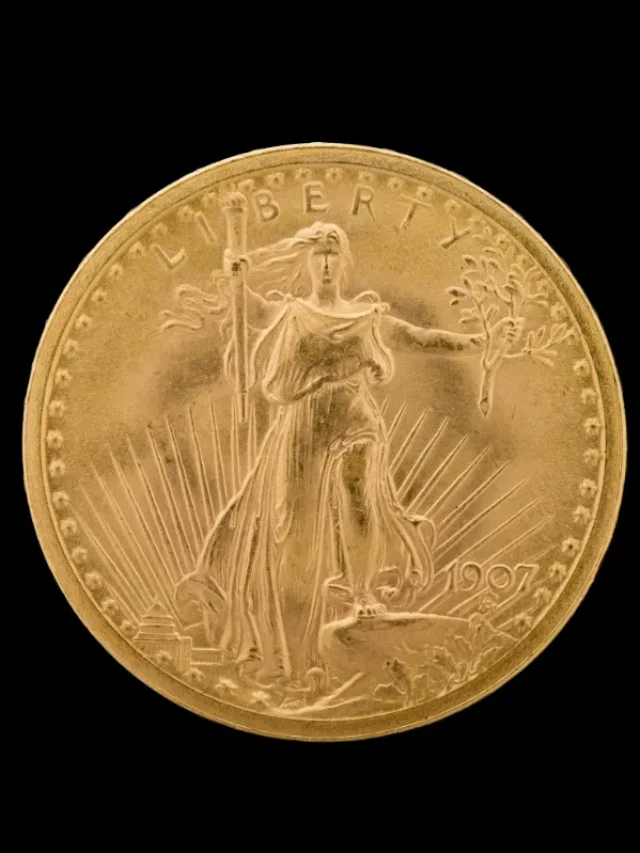 1776-1976-D Bicentennial Quarter DDO & DDR Also Filled IN D
1776-1976-D Bicentennial Quarter DDO & DDR Also Filled IN D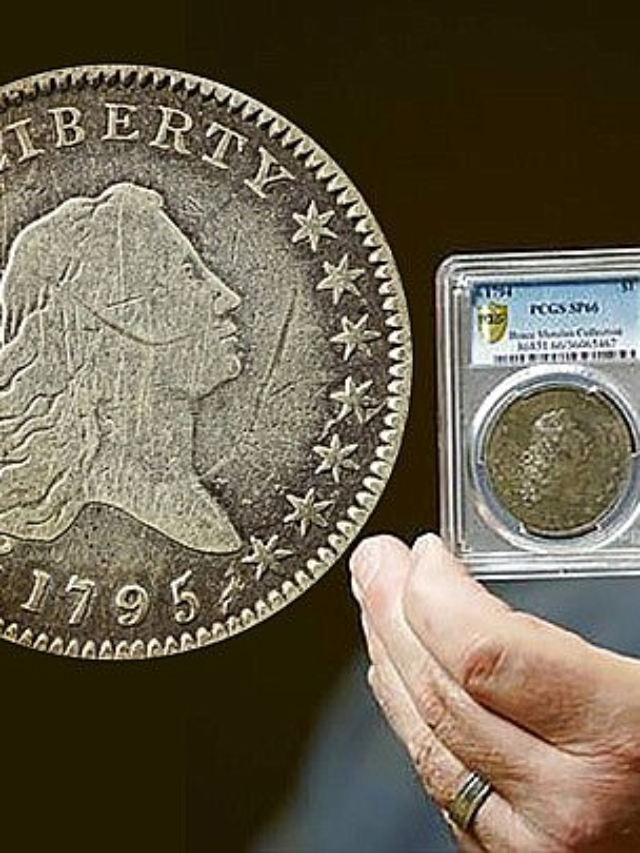 1794 Flowing Hair Dollar
1794 Flowing Hair Dollar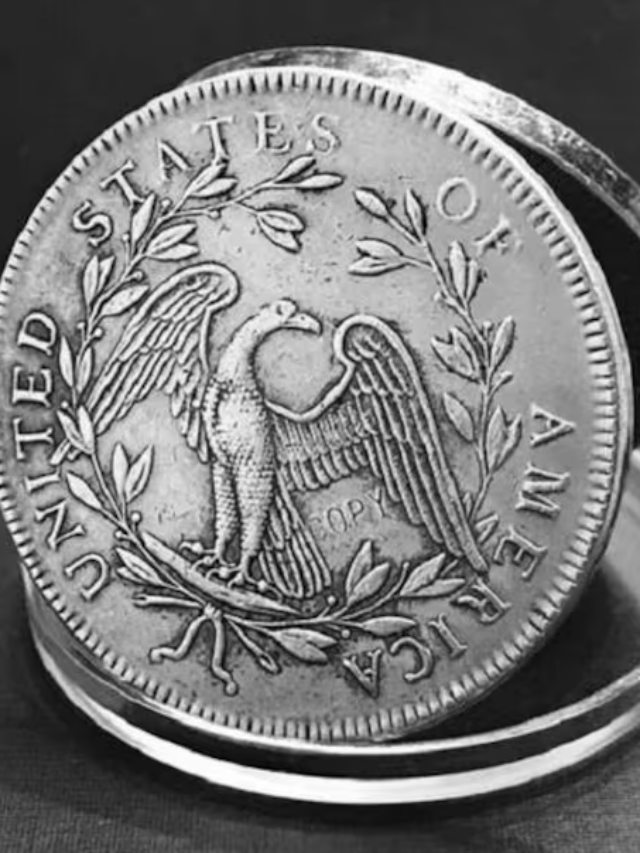 1794 Flowing Hair Silver Dollar – The First of Its Kind: Valued at over $60 Million
1794 Flowing Hair Silver Dollar – The First of Its Kind: Valued at over $60 Million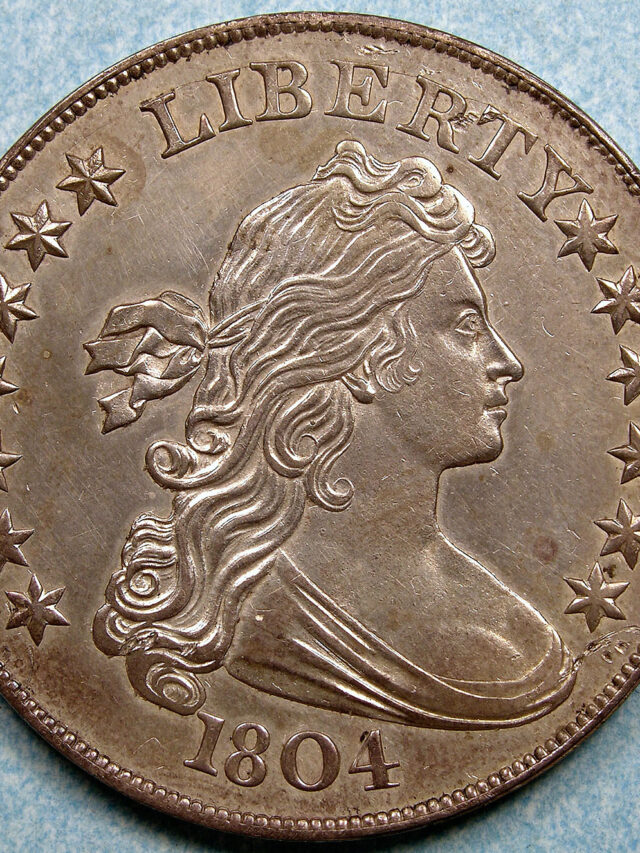 1804 Draped Bust Silver Dollar
1804 Draped Bust Silver Dollar 1894 dime sells for $1.3 million
1894 dime sells for $1.3 million 1894-S Barber Dime
1894-S Barber Dime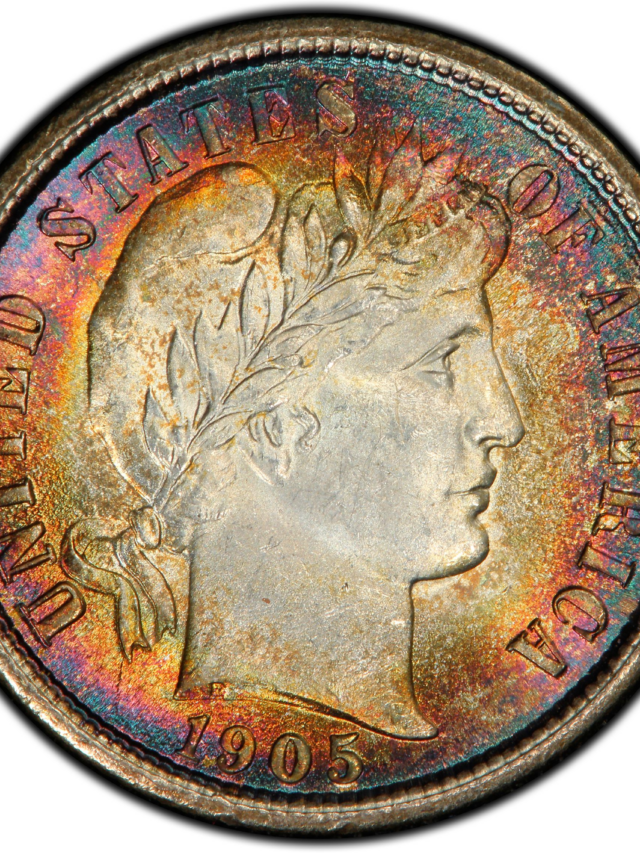 1905 10C (Regular Strike) Barber Dime
1905 10C (Regular Strike) Barber Dime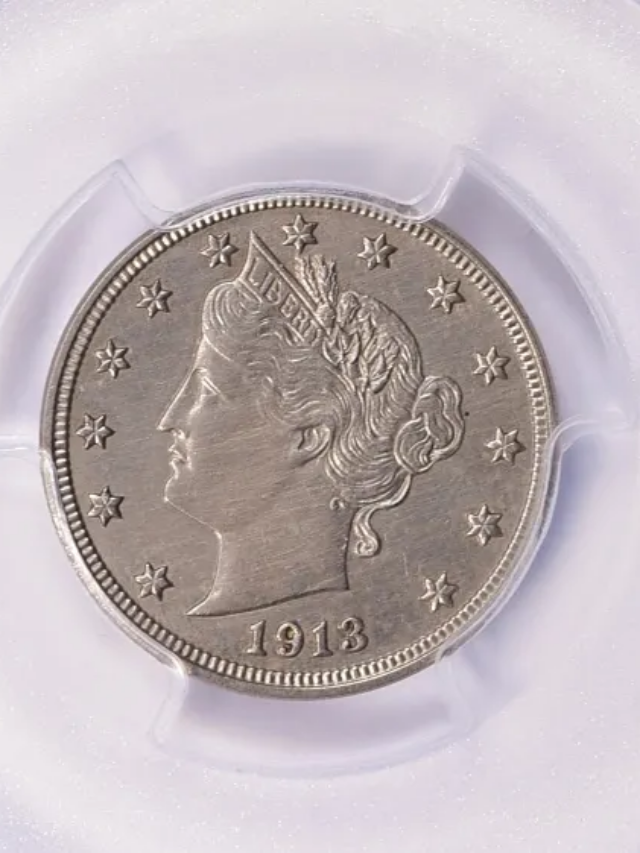 1913 Liberty Head Nickel
1913 Liberty Head Nickel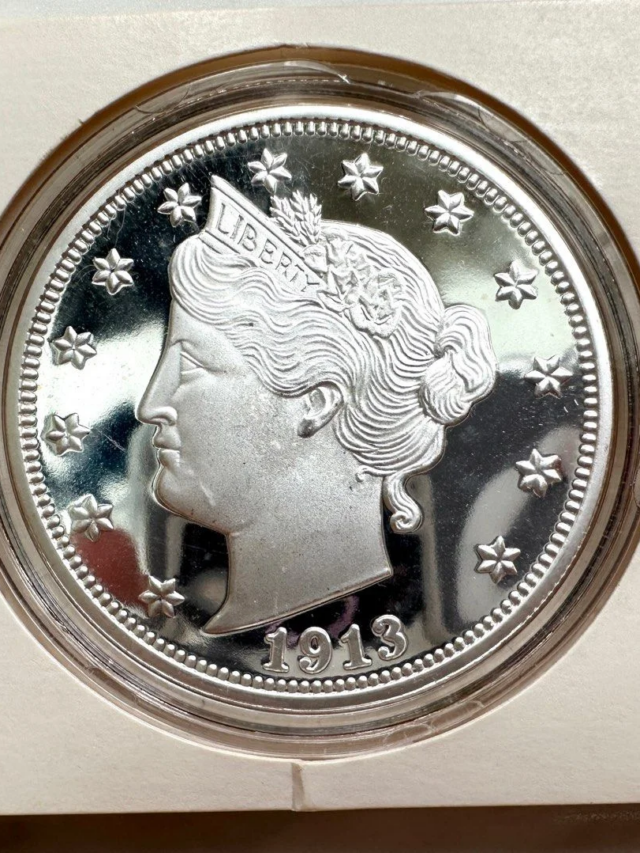 1913 Liberty Head Nickel – The Coin of Controversy: Valued at over $10 million
1913 Liberty Head Nickel – The Coin of Controversy: Valued at over $10 million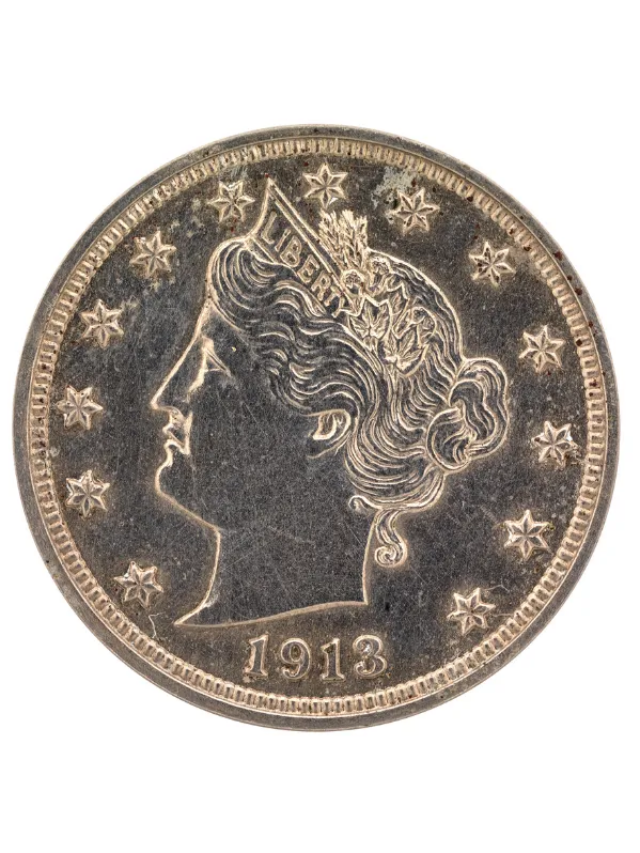 1913 Liberty Head Nickel- The Coin of Controversy: Valued at over $10 Million
1913 Liberty Head Nickel- The Coin of Controversy: Valued at over $10 Million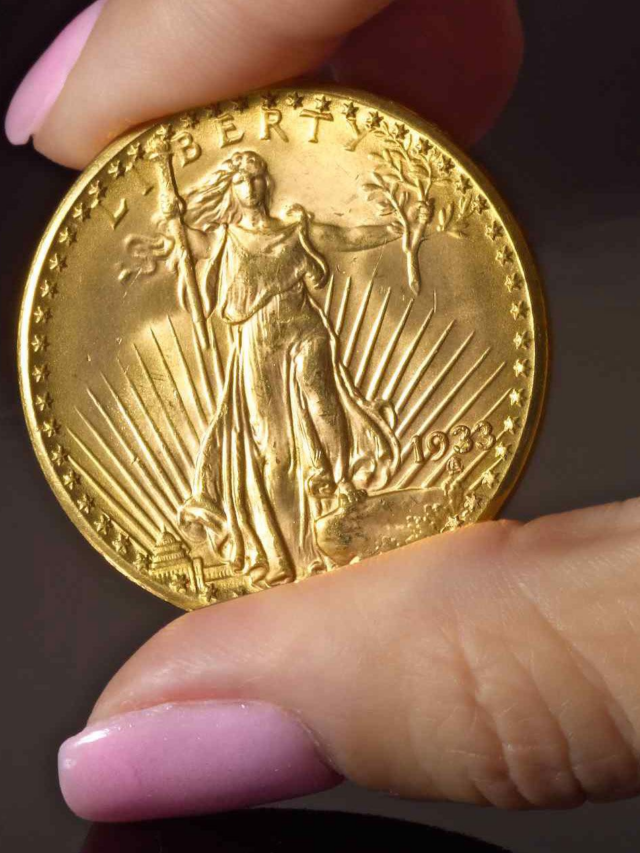 1933 Saint-Gaudens Double Eagle
1933 Saint-Gaudens Double Eagle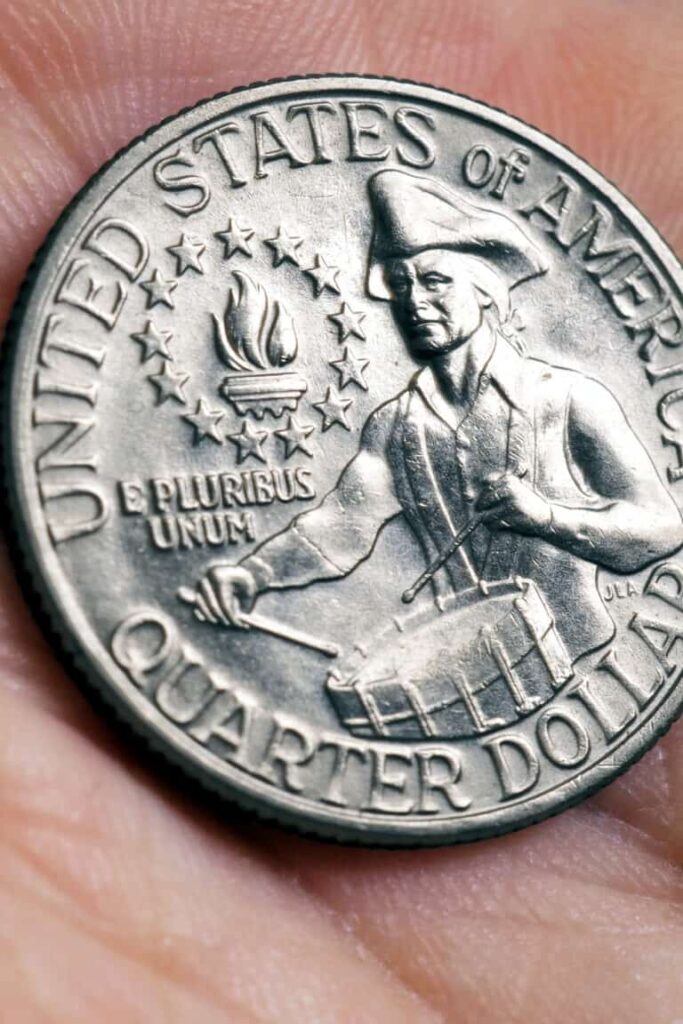 1936 Liberty Half Dollar Value Guide
1936 Liberty Half Dollar Value Guide 1976 – S 25C Silver (Proof) Washington Quarter
1976 – S 25C Silver (Proof) Washington Quarter





